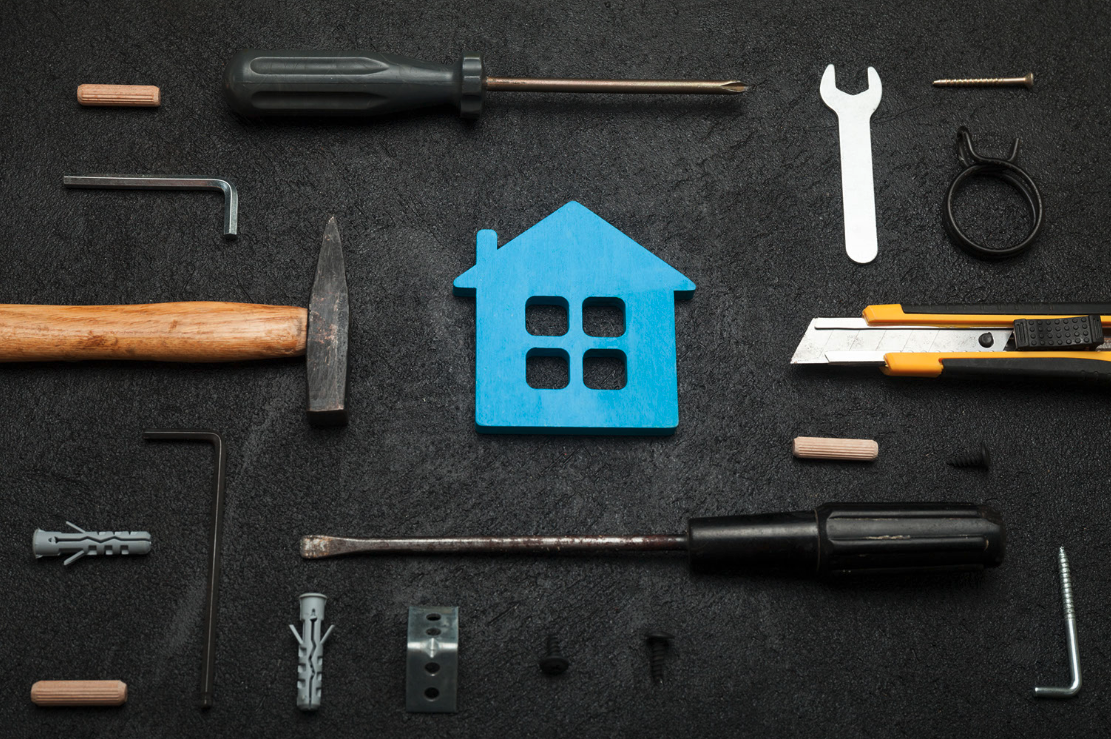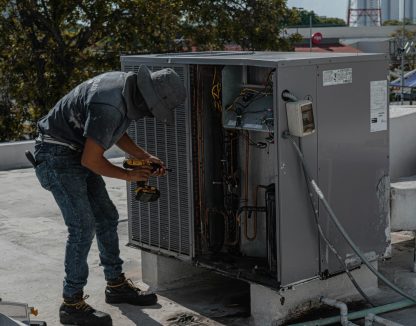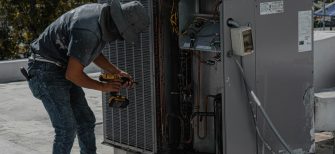The maintenance industry is continuously evolving with innovations and advancements in technology. Maintenance Plan Software has become a necessity for businesses to manage their assets and operations more efficiently. Selecting the right software can be challenging, as it requires careful consideration of various factors.
This blog post will discuss what to look for in maintenance plan software. We will focus on key features such as work request management, resource planning, computerized maintenance management system (CMMS), and EAM software. Understanding what to prioritize when choosing maintenance management software for your business is important. This article will help you do just that. By the end, you’ll have a better understanding of what to look for in the perfect software for your business.
Grow Your Business By Partnering With Payzer
Work Request Management
One of the essential features to look for in maintenance plan software is the ability to manage work requests efficiently. A well-designed work request system enables users to create, assign, and track jobs more efficiently. It should have the capability to automate the approval process and notify the relevant parties when a work order is created or modified.
The work order software should also integrate with other tools like email and messaging platforms, allowing seamless communication among team members. This will save time and ensure that everyone is on the same page, leading to a more organized and efficient maintenance process.
Resource Planning
Effective resource planning is crucial for any maintenance department. The right maintenance plan software should include a comprehensive resource planning module, enabling you to allocate manpower, tools, and equipment based on availability and demand.
The software should provide a clear overview of your team’s schedules and workloads, allowing you to identify potential bottlenecks and make informed decisions about reallocating resources. This helps you optimize your maintenance activities, ensuring that your team can complete jobs more efficiently and reduce downtime.
Computerized Maintenance Management System (CMMS)
A computerized maintenance management system (CMMS) is an essential component of maintenance plan software. A robust CMMS enables you to automate and streamline maintenance activities, helping you save time and resources in the long run.
Key CMMS features to look for include preventive maintenance scheduling, work order management, asset tracking, and inventory management. These features will help you improve your overall maintenance management processes and reduce the likelihood of unplanned downtime due to equipment failure.
EAM Software Integration
Enterprise asset management (EAM) software is an advanced solution that helps organizations manage their assets throughout their entire lifecycle. Integrating EAM software with your maintenance plan software ensures a seamless flow of information between the two systems.
An integrated system allows you to access critical data on asset performance, maintenance history, and inventory levels in real time. This helps you make data-driven decisions, optimize maintenance activities, and reduce costs associated with asset management.
Maintenance Activity Tracking and Reporting
To ensure that your maintenance plan is effective, you need a system that can track and analyze the performance of your maintenance activities. Look for maintenance management software that includes comprehensive reporting and analytics tools, providing insights into the efficiency of your operations. These tools should enable you to track key performance indicators (KPIs) such as equipment downtime, response times, and maintenance costs. By monitoring these KPIs, you can identify areas for improvement and implement changes to enhance your maintenance processes.
ERP Software Integration
Many organizations rely on enterprise resource planning (ERP) software to manage their business operations. Integrating your maintenance plan software with your ERP system ensures a seamless flow of data. This enables you to gain a holistic view of your organization’s performance.
ERP integration allows you to track maintenance costs, inventory levels, and other critical data points in real time. This helps you optimize your maintenance activities and ensures that you have the necessary resources on hand to complete jobs efficiently.
Preventive Maintenance Scheduling
One of the most important features of maintenance plan software is preventative maintenance scheduling. This functionality enables organizations to plan maintenance tasks on a regular basis. This helps to ensure assets are kept in good condition, reducing the risk of unexpected equipment breakdowns. A robust maintenance scheduling module enables you to create, monitor, and manage maintenance tasks in real time, optimizing resource allocation and minimizing downtime.
Choosing the right maintenance plan software is critical for the success of your maintenance operations. Prioritize features such as work request management, resource planning, CMMS, EAM, and ERP software integration. Additionally, prioritize preventive maintenance scheduling and real-time tracking and reporting. Doing so will optimize your maintenance activities and ensure your team completes jobs more efficiently.
Additionally, consider cloud-based solutions and mobile app functionality for greater accessibility and convenience. Investing in comprehensive maintenance management software will not only save time and resources but also contribute to the overall performance and profitability of your organization.
Frequently Asked Questions
What is maintenance planning software?
Maintenance planning software is a digital solution. It helps organizations plan, schedule, manage and track maintenance activities for their assets and equipment. This type of software is also known as maintenance management software. This software streamlines the maintenance process, improves productivity, reduces downtime, and optimizes resources.
What are some common features of maintenance management software?
Maintenance management software is often referred to as Computerized Maintenance Management System (CMMS) or Enterprise Asset Management (EAM) software. It comes with several common features. These features are designed to streamline maintenance operations, improve efficiency, and reduce costs. Some of these features include:
- Organizations can use preventative maintenance scheduling to plan and schedule regular maintenance tasks. This reduces equipment failure, lengthens asset life, and minimizes downtime.
- Work order management: Facilitates creating, assigning, tracking, and completing maintenance work orders, ensuring efficient management of maintenance tasks and resources.
- Asset management helps organizations track and monitor asset performance, maintenance history, and life-cycle. With this data, organizations can make data-driven decisions about asset utilization and replacement.
- Inventory management helps to prevent stockouts and overstocking. It manages and tracks spare parts, consumables, and other inventory items required for maintenance activities.
- Provide insights into key performance indicators (KPIs) such as equipment downtime, maintenance costs, and resource utilization. This enables organizations to optimize their maintenance operations and identify areas for improvement. Reporting and analytics provide these insights.
- Mobile app support enables maintenance personnel to access and update work orders, asset information, and inventory data using mobile devices. This improves efficiency and communication.
- Integration capabilities are offered to enable seamless integration with other business systems, such as Enterprise Resource Planning (ERP) software. This streamlines data flow and enables more efficient business management overall.
- Resource planning and allocation helps organizations optimize maintenance activities and reduce bottlenecks. It does this by allocating manpower, tools, and equipment based on availability and demand.
- Real-time notifications and alerts keep relevant personnel informed. They receive notifications when maintenance tasks are due, completed, or require attention. This ensures timely action and efficient communication.
- Customization and scalability allow organizations to tailor software to their needs and requirements. This ensures the system can grow and adapt as the organization evolves.







